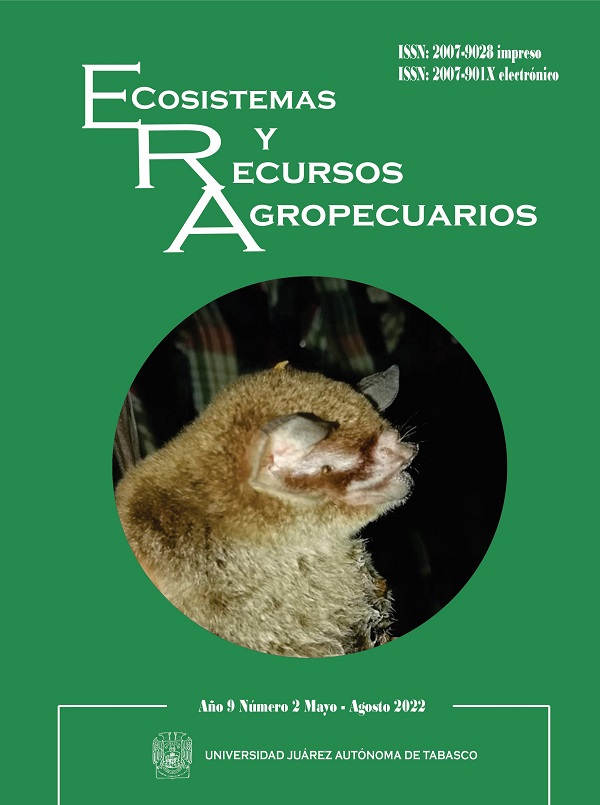Morphometric characterization of karst depressions: coastal zone of the north-eastern part of the Yucatan Peninsula, México.
DOI:
https://doi.org/10.19136/era.a9n2.3216Keywords:
Aster, Karst, LiDAR, Coupled models, Remote sensingAbstract
Studying the relief through morphological analysis allows the typification of forms, elements and structures of the karst relief that helps in the determination of the genesis, evolution, and geomorphological dynamics. The implementation of tools with new methods and technologies helps to develop more precise studies in areas with low altitudinal contrast. The aim of the present study is to analyze and classify karst depressions in the north-eastern coastal region of the Yucatan Peninsula. The karst relief was analyzed from two data sources: a) a LiDAR (light detection and ranging) data mosaic and b) an AsterGDEM (Advanced Spaceborne Thermal Emission and Reflection Radiometer Global Digital Elevation Model) data mosaic. These were coupled to generate altimetric inputs and base topographic models. Subsequently, contour lines were generated by differentiating depressions with a minimum depth of 1m; depressions were then processed and classified by applying an analysis of morphometric measurements, profile morphological typology and elongation index. A total of 10,672 depressions were identified, 67% of which are V-type depressions, 23% U-type and 10% box-type; with respect to the elongation index, 18% are sinkholes, 42% sinkholes-uvala, 13% uvala and 27% poljes, being the uvalas and poljes the most complex, due to the structural control of the Holbox and Tikul fault system, with a main orientation of NE7°SW and secondary SE83°NW, which highlights the disjunctive structural character. Finally, an inventory of karst depressions is presented, serving as a basis for the management of the coastal karst territory.
Downloads
Downloads
Published
Issue
Section
License
Copyright (c) 2022 Ecosistemas y Recursos Agropecuarios

This work is licensed under a Creative Commons Attribution-NonCommercial-ShareAlike 4.0 International License.
Aviso de copyright
Los autores que se envían a esta revista aceptan los siguientes términos:
una. Los autores conservan los derechos de autor y garantizan a la revista el derecho a ser la primera publicación del trabajo con una licencia de atribución de Creative Commons que permite a otros compartir el trabajo con un reconocimiento de la autoría del trabajo y la publicación inicial en esta revista.
B. Los autores pueden establecer acuerdos complementarios separados para la distribución no exclusiva de la versión del trabajo publicado en la revista (por ejemplo, en un repositorio institucional o publicarlo en un libro), con un reconocimiento de su publicación inicial en esta revista.
C. Se permite y se anima a los autores a difundir su trabajo electrónicamente (por ejemplo, en repositorios institucionales o en su propio sitio web) antes y durante el proceso de envío, ya que puede conducir a intercambios productivos, así como a una cita más temprana y más extensa del trabajo publicado. (Consulte El efecto del acceso abierto).


